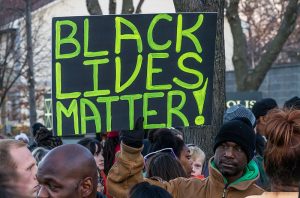Juvenile Court or Adult? New Research on the Consequences of the Decision
Juvenile courts were invented at the end of the nineteenth century and spread rapidly across the U.S. Proponents argued that juvenile offenders were more readily rehabilitated than adults, and should be handled through a different court system that focused on treatment and spared offenders the permanent stigma of a criminal conviction. By the 1990s, though, attitudes toward juvenile offenders had grown more pessimistic and punitive. Although juvenile courts were not eliminated, most states adopted reforms that either reduced the maximum age for juvenile court jurisdiction or facilitated the transfer of some juveniles to adult court.
More recently, the pendulum of public opinion has begun to swing back in favor of juvenile courts. Connecticut, Illinois, Louisiana, Massachusetts, Mississippi, New Hampshire, and South Carolina have all expanded the jurisdiction of their juvenile courts. There has also been a push in Wisconsin to raise the age of majority and keep some seventeen-year olds in juvenile court. A few states are even considering raising the age of majority to twenty-one.
Two intriguing new articles explore some of the social consequences of channeling more young offenders into juvenile court.

